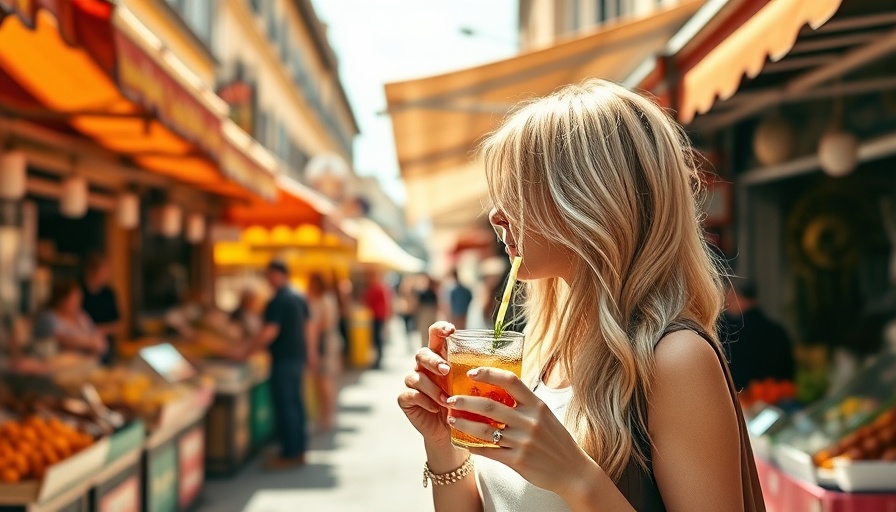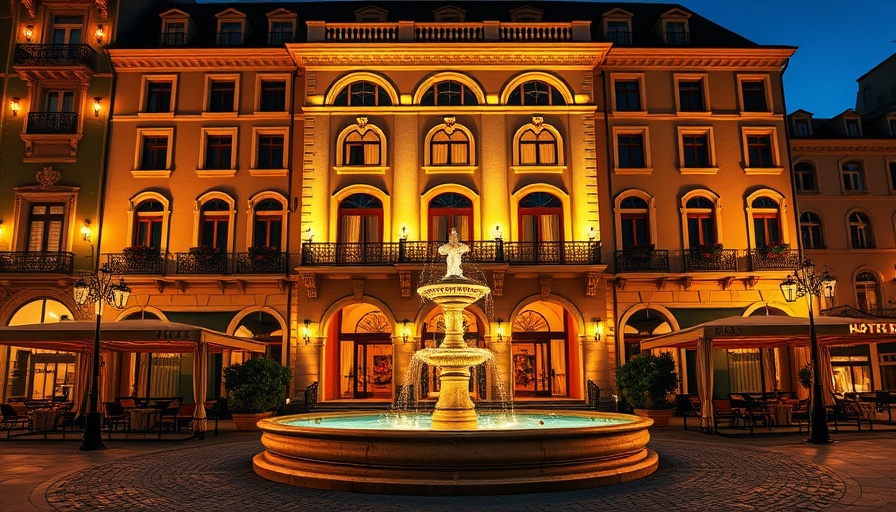
A Tasty Introduction to Japan's Culinary Landscape
As you wander through the vibrant food alleys of Japan, known as yokocho, something magical happens. The air buzzes with the chatter of locals and the irresistible aroma of sizzling meats and fresh noodles envelops you like a warm embrace. These quaint lanes, lined with small food stalls, are not merely places to eat; they are cultural hubs where the lines between tourists and locals blur, creating rich experiences for all.
Understanding the Charm of Yokocho
Yokocho are often described as Japan's best-kept culinary secret. Each alley tells a different story with its unique offerings, mostly specializing in a single type of dish. It's a culinary ritual where diners come to explore specialties crafted by passionate chefs, often using age-old recipes passed down through generations. For instance, in Omoide Yokocho, guests enjoy a nostalgic ambiance reminiscent of post-war Tokyo, while in Dotonbori, Osaka’s energetic atmosphere mixes theatrics with flavors that tantalize the palate.
Community in Every Bite
The communal aspect captures the heart of yokocho. Here, strangers share tables, recommendations, and laughter, fostering a sense of belonging. Whether sitting elbow-to-elbow at a ten-seat bar in Tokyo or at Fukuoka’s beloved yatai stalls, where foodies dive into casual evenings filled with ramen and cold beverages, the experience is overwhelmingly warm and inviting. It's about more than just eating; it's about connection and discovery. The warmth of these shared moments is what lingers long after the dishes are gone, reminding us of the importance of community in our dining adventures.
Lasting Impressions: Why You Should Visit
In a world dominated by instant gratification and global fast-food chains, a visit to Japan's food alleys is a delicious reminder of simplicity and quality. They invite you to slow down, savor each bite, and engage with those around you. Experience yokocho, and you may just find that they are one of the most unforgettable parts of your journey through Japan.
 Add Row
Add Row  Add
Add 




Write A Comment